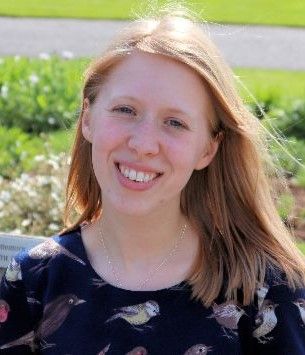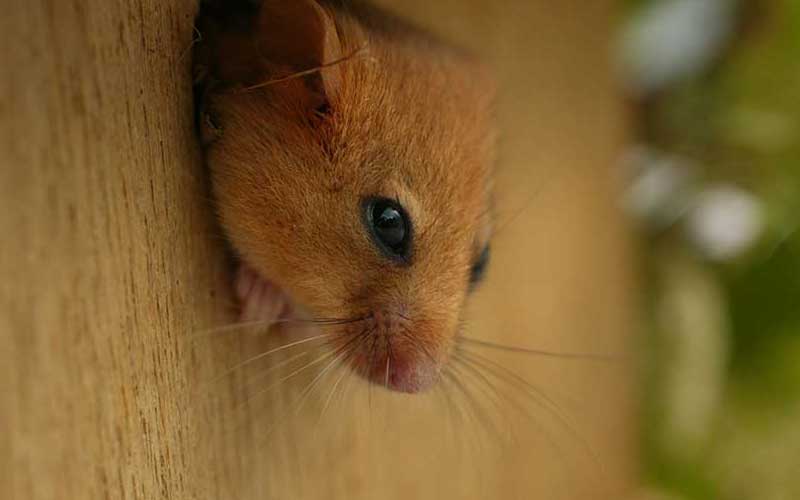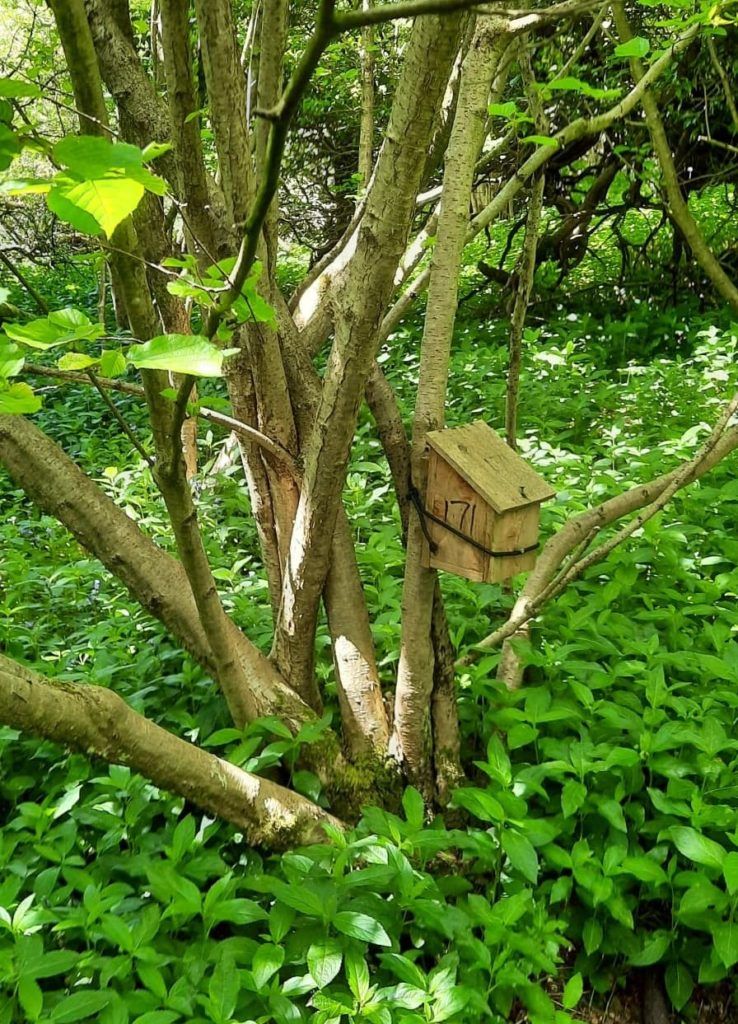Meet Emma Cartledge: PhD student and PTES partner
In this series, we chat to the dedicated staff members, conservation partners and volunteers at PTES. We find out why each of them chose a career in wildlife conservation, what they find rewarding about their work and what they love most about what they do.
Emma Cartledge
PhD student at the University of Liverpool and PTES partner
Why did you decide to go into dormouse conservation?
I am passionate about conservation and caring for the environment. My PhD research focuses on the hazel dormouse, which is an endearing and very charismatic species, but also vulnerable to extinction in the UK. As a species that lives close to home, I think it is particularly interesting, as frequently conservation funding is directed towards larger exotic species. Furthermore, the habitat which is favoured by dormice (generally-speaking biodiverse woodlands) is also enjoyed by many other species – so if we help to protect the dormouse, we can help many other native species as well.
Has your conservation work been rewarding and if so, in what way?
I’ve found it very rewarding to take part in dormouse conservation, both personally and in my research. You can’t beat finding a sleeping dormouse curled up in a nest box during a survey! In my research, the thing I like the most is when you can see its impact on conservation in practice.
What are the main reasons for some of your greatest successes?
Passion and hard work are both important. I think in conservation, it’s also important to remember the bigger picture. Even when things don’t go well, I try to remember why I’m doing it and that keeps me going!
Reflecting on your past, what has been one of your most memorable experiences so far?
My most memorable experience during my work with dormice is the very first time I met one. It was during an autumn nest box survey and we found the sleepiest, chubbiest dormouse, ready for hibernation. I’d been working on them for a while and to finally see one was very special.
How can we best inspire the younger generation and what advice would you give to young conservationists just starting out?
For me, it’s taking part in science public engagement activities. I really enjoy talking to members of the public about my work and suggesting ways for them to get involved in nature. For any budding conservationists, I would suggest contacting a local wildlife group, such as a mammal group or birding group. There is lots of information online! You may wish to volunteer for a charity or email a researcher to see if they’d like a helping hand. During my research, I’ve had many kind volunteers helping with fieldwork – it’s a great way to get a taster for different types of conservation work.
What does the future hold? For you and for dormice?
In the next few months, I will be completing my PhD research and I’m looking forward to sharing my findings with everyone. After that, I’m not sure what opportunities will arise, but my career aspirations lie within conservation. It’s hard to be certain of the dormouse’s future, what with ongoing habitat loss and climate change, but I am certain that there are many people who will continue to ensure their survival.
Can you help us reintroduce more dormice to the wild?



